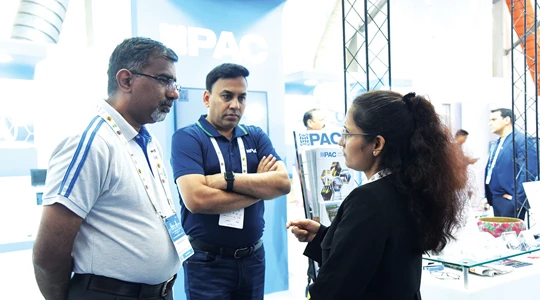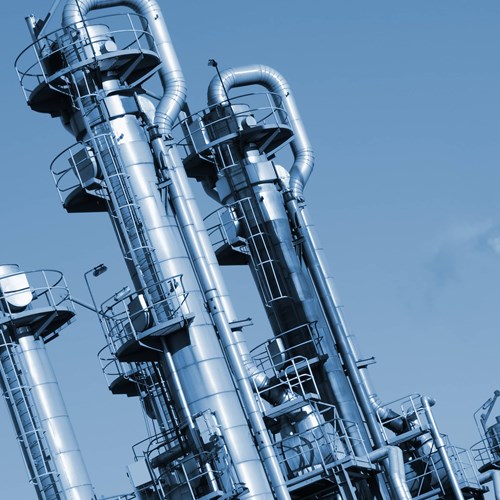IT/OT convergence: balancing agility and reliability
Information Technology (IT) and Operational Technology (OT) have long played pivotal roles in organisations, yet their functions and focuses have remained fundamentally different. Traditionally, OT has mainly operated on the asset floor, orchestrating machinery and ensuring the reliable and efficient operation of facilities. In contrast, IT primarily deals with the management of data, information and technologies that enable the processing, storage and communication between applications. While IT priorities agility and rapid innovation, OT emphasises long-term reliability and robustness, often at the cost of flexibility.
However, by bringing these siloed worlds together through IT/OT convergence, companies can vastly improve their efficiency and performance while gaining a holistic view of their operations. Moreover, the fusion of IT and OT isn’t merely a trend but a strategic imperative. By merging these once separate domains, companies can create the blueprint for a new era—one that promises the potential for unparalleled growth and new opportunities.
Adapting to modern demands
The notion of IT/OT convergence isn’t a groundbreaking idea. For years it’s a concept that’s been contemplated but is only now seeing a push for widespread adoption thanks to recent advances in smart technology. IT/OT convergence allows for large quantities of data to be gathered from machines or equipment across the shop floor or capital asset to be analysed for important trends. However, in the past the infrastructure to support the cost effective and rapid acquisition of this data didn’t exist. Many industrial machines use proprietary data formats and programming languages, making integrating them into a network challenging, since unique solutions are required for each device. Now, thanks to adoption of IT systems designed to manage vast quantities of data quickly and efficiently, pared with IoT devices capable of interfacing with machines old and new, it’s possible to understand asset data in a time- and cost-efficient manner.

Acquiring data is only one part of the equation; equally crucial is the capacity to leverage that data to derive insights and create value. Bringing the data into the comprehensive digital twin allows easy real-time monitoring, testing of changes without an impact on output, and many other benefits. Deploying artificial intelligence (AI) systems, which excel at analysing extensive data and generating actionable insights, enables seamless end-to-end optimisation and predictive maintenance solutions. These capabilities were previously unattainable or impractical with OT technology alone.
Nonetheless, the fusion of IT and OT presents a notable challenge: a difference in perspective. IT is renowned for its agility and ability to keep up with recent technology, whereas the mantra of OT has always been reliability above all. OT legacy systems were built for endurance, not sprints. Yet, the commitment to reliability that was once the reason for OT’s success has now created slow progress amidst an environment that is undergoing rapid change — impeding companies’ ability to respond to today’s shifting market demands and conditions.
Fortunately, IT’s fast-paced perspective can be harnessed as a solution for OT. One of the key advantages of IT/OT convergence is the ability to collect and contextualise OT system data to discover insights that would’ve otherwise gone unnoticed. This holistic view enables energy companies to make data-based decisions, anticipate maintenance requirements and discover where performance can be optimised.
Benefits of infusing OT with IT practices
By adopting IT practices to enrich existing functionality, OT can become more flexible without compromising reliability or existing jobs. Here are some primary ways energy companies can benefit from an investment in IT/OT convergence.
- Innovation from top floor to shop floor: By introducing the agility and capabilities of software innovation to the shop floor through smart devices, sensors, and AI integrated with the digital twin, companies can access critical insights into their operations. This enables decision-makers to utilise key performance indicators (KPIs) and data analytics collected from each business unit, breaking down walls between siloed domains and allowing for optimisation across the entire company.
- Supply chain resiliency: IT/OT convergence enables companies to unify all their data to better respond to and predict supply chain disruptions. With new access to insights generated from comprehensive data, workers can identify alarming supply chain trends before they occur, ensuring that alternative resources can be tapped into quickly. This invaluable information keeps operations running, despite unexpected challenges.
- Advancing sustainability: Sustainable practices are increasingly important for all industries. The convergence of IT and OT facilitates the implementation of environmentally friendly initiatives as companies can more easily determine where sustainability can be improved across operations. Additionally, with IT/OT convergence, issues can be detected easier, changes can be executed faster, leading to reduced material waste and minimised energy consumption.
A balanced and connected future
IT/OT convergence represents a paradigm shift that energy companies can’t afford to overlook. The dichotomy between reliability and agility can be resolved through the strategic adoption of IT practices in the OT realm. As the energy industry navigates an increasingly complex and dynamic landscape, the ability to adapt, innovate and overcome challenges is essential. By welcoming this unification of tradition and innovation, companies can not only preserve the reliability OT values but also enter a new era of flexibility, scalability and improvement.
KEEPING THE ENERGY INDUSTRY CONNECTED
Subscribe to our newsletter and get the best of Energy Connects directly to your inbox each week.
By subscribing, you agree to the processing of your personal data by dmg events as described in the Privacy Policy.
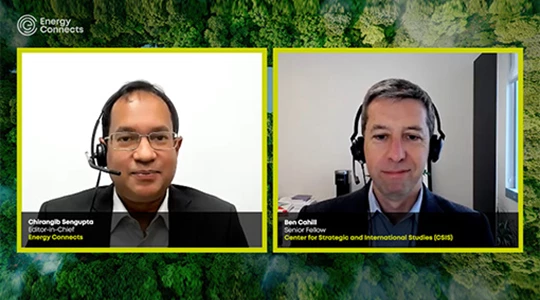
CSIS: long-term LNG demand to reshape global export capacity growth
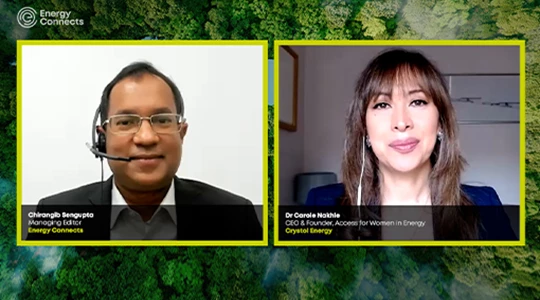
More women in energy vital to the industry’s success
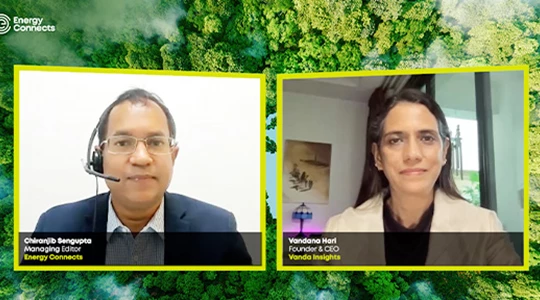
India’s energy sector presents lucrative opportunities for global companies
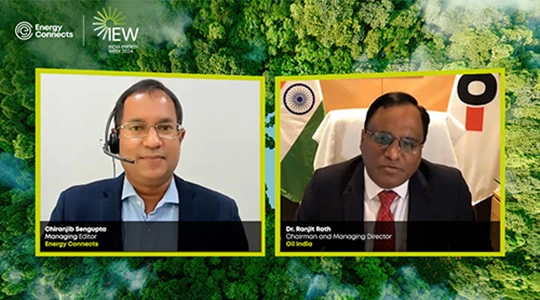
Oil India charts the course to ambitious energy growth
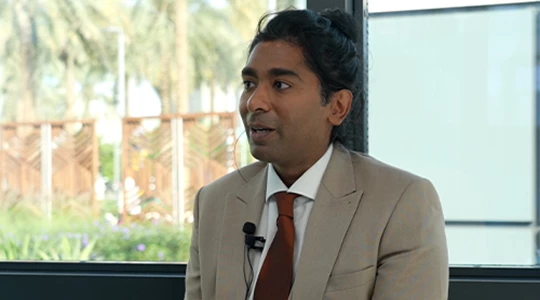
Maritime sector is stepping up to the challenges of decarbonisation
Partner content

Navigating the trading seas: exploring the significance of benchmarks

Back to the Future(s): the best commodities benchmarks are still physically settled

Ebara Elliott Energy offers a range of products for a sustainable energy economy
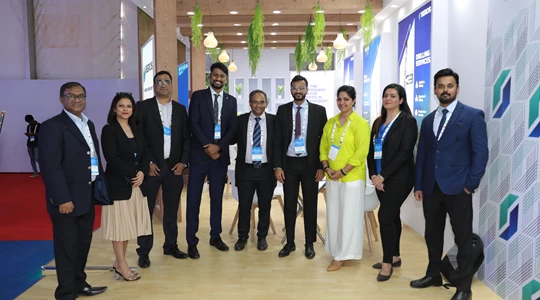
Essar outlines how its CBM contribution is bolstering for India’s energy landscape
